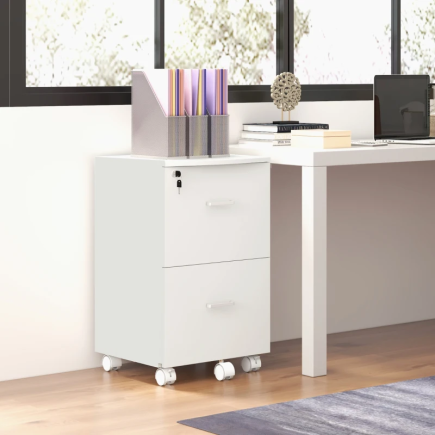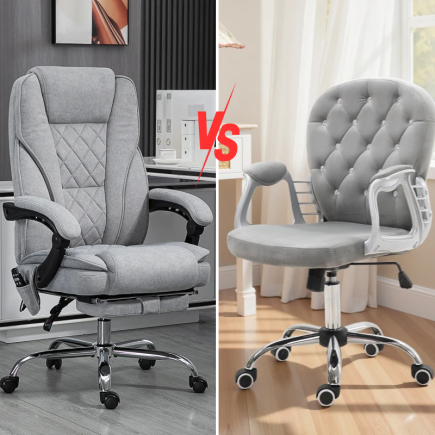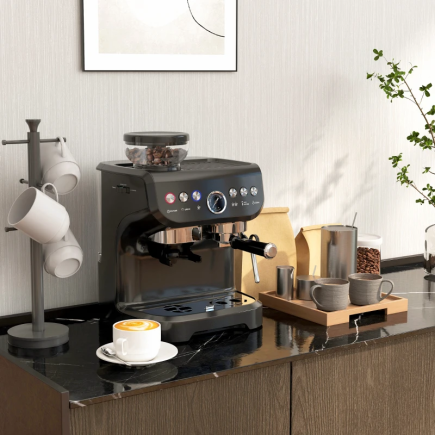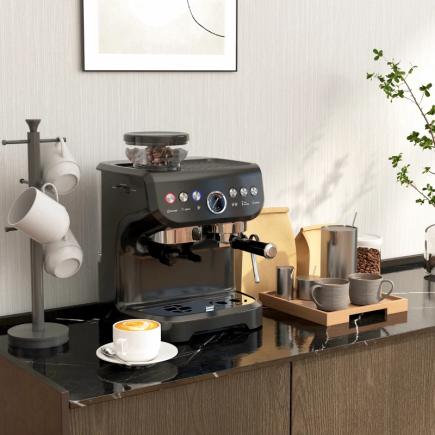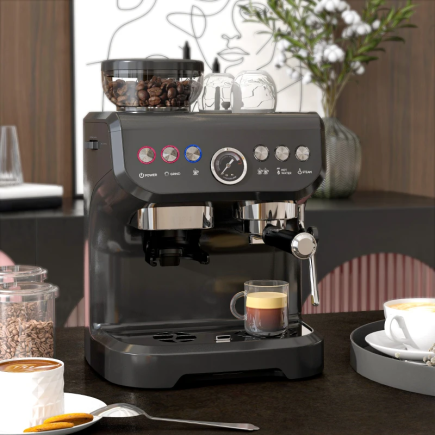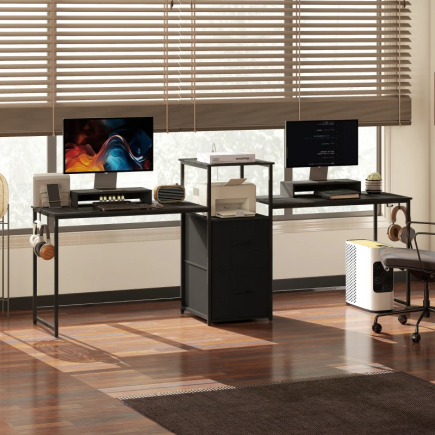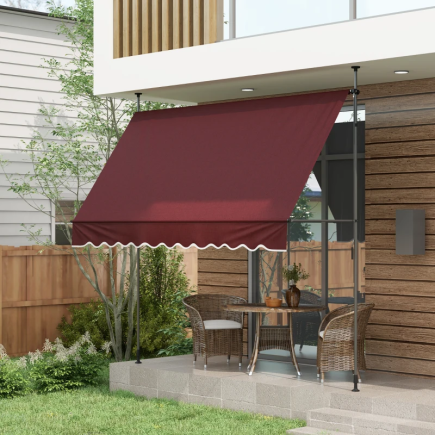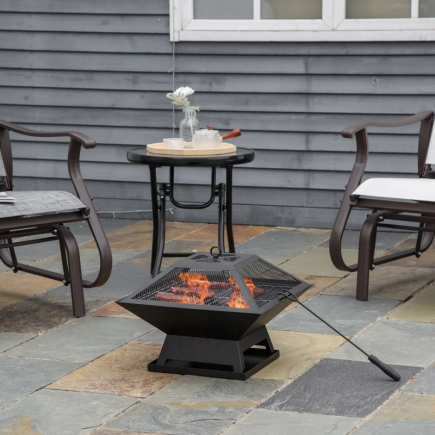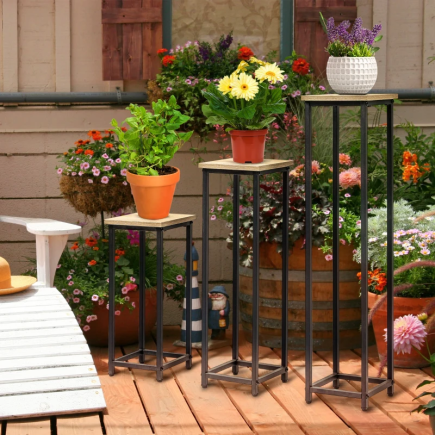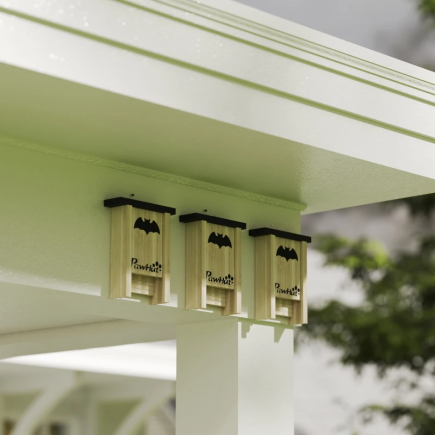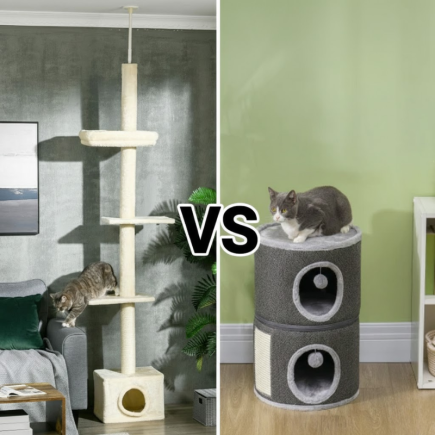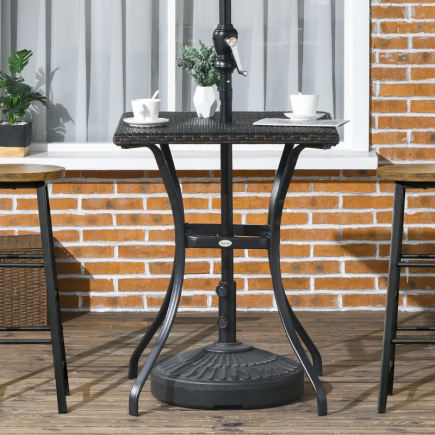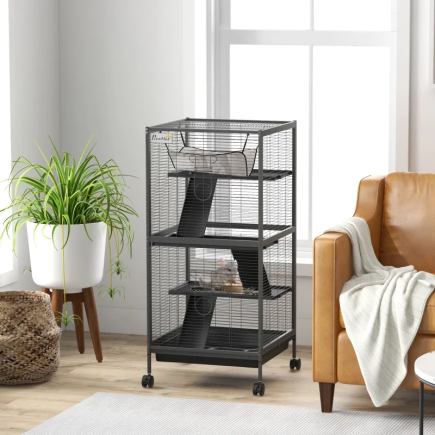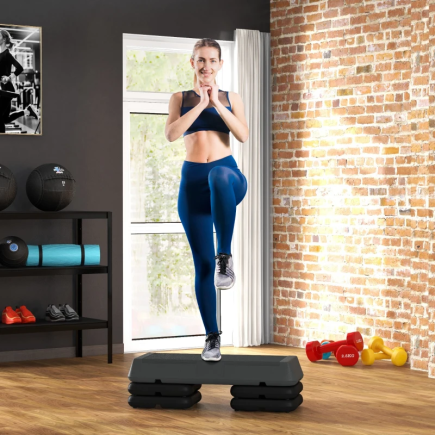A dehumidifier can be a game-changer in maintaining a comfortable and healthy indoor environment. Whether you are trying to reduce the dampness in your basement, mitigate humidity in a bathroom, or simply improve the air quality in your living space, a dehumidifier is a powerful tool. In regions where moisture accumulation in the air can lead to discomfort, mold growth, or health problems, understanding how to use a dehumidifier correctly is essential for optimal results.

This guide will take you through how to use a home dehumidifier effectively. From setting it up properly to maintaining it for long-term efficiency, this article provides essential information that will help you use your dehumidifier to its fullest potential.
How to Use a Dehumidifier Correctly
Using a dehumidifier might seem straightforward, but maximizing its effectiveness requires a few best practices. Here are the key steps to follow:
Choosing the Right Placement
For the dehumidifier to work effectively, it should be placed in an area with good airflow. Avoid corners, walls, and areas blocked by furniture. Ideally, you should place the dehumidifier in a central part of the room to ensure that it can draw in air from all directions.
- Basements: Basements tend to be the most humid part of the house, so placing the dehumidifier here is crucial. Ensure that the unit is not obstructed and has adequate space for air circulation.
- Bathrooms: For spaces with high humidity due to showers or baths, place the dehumidifier near the source of moisture, but not directly under water or vents.
- Laundry Rooms: Drying clothes indoors creates excess humidity, so positioning your dehumidifier in the laundry room will help manage moisture levels.

Adjusting the Humidity Settings
Most dehumidifiers come with adjustable humidity settings. It’s important to adjust the settings based on the specific needs of the space you are working with. The ideal indoor humidity level for comfort and health is between 30% and 50%.
Higher Humidity (e.g., Summer):
In areas where humidity levels tend to rise, such as during the summer, setting the dehumidifier closer to the 50% mark will help prevent discomfort and mold growth.
Lower Humidity (e.g., Winter):
During the winter, moisture levels tend to drop. You can set the humidity level lower, closer to 30%, to prevent excessive dryness in the air which could lead to issues like dry skin or respiratory discomfort.

Using the Continuous Drainage Option
Many modern dehumidifiers come with a continuous drainage feature, which can be a huge convenience. Instead of manually emptying the water tank, you can connect the dehumidifier to a floor drain using a hose. This ensures that the unit runs without interruptions, especially if it’s running for long periods, as in the case of high humidity environments like basements or laundry rooms.
- For Continuous Operation: Use this feature when you expect high humidity for an extended period, or if you don’t want to worry about emptying the tank.
- Check for Proper Drainage: Always check that the drainage hose is not kinked or blocked, as this can lead to overflow and a malfunctioning unit.

Optimizing Efficiency and Performance
Properly using your dehumidifier is about more than just turning it on and letting it run. To ensure that the dehumidifier performs efficiently, here are a few tips:
Close Windows and Doors
When running your dehumidifier, make sure that windows and doors are closed. The idea is to keep the moisture out while the unit works to remove it. If windows or doors are open, moist air will continually enter the room, making it harder for the dehumidifier to do its job effectively.
Monitor Room Temperature
Dehumidifiers work best when the room temperature is moderate. Very cold or very hot rooms may affect the efficiency of the unit. A temperature range between 60°F and 80°F (15°C and 27°C) is optimal for most dehumidifiers. Extremely cold conditions can cause the dehumidifier’s coils to freeze, while excessive heat can lead to overheating of the unit.
Regularly Check Humidity Levels
If your dehumidifier doesn’t have a built-in hygrometer, you should regularly check the humidity level in the room using a separate hygrometer. Monitoring the humidity levels will help you determine when it’s time to adjust the settings or shut off the unit. This will prevent overworking the dehumidifier, which can waste energy and shorten its lifespan.
Maintenance and Care for Longevity
Maintaining your dehumidifier, including regular cleaning of the filter, water tank, and internal components, is crucial for long-term performance. A well-cared-for unit will operate more efficiently, helping to save energy and keep the room free from excess moisture.
Cleaning the Filter
The filter in your dehumidifier traps dust and particles, which can obstruct airflow and reduce the unit’s effectiveness. It’s important to clean or replace the filter regularly. Depending on the model, this might need to be done every 2-4 weeks.

Washable Filters
If your dehumidifier has a washable filter, remove it and rinse it with warm water to remove dirt and dust.
Replaceable Filters
If the unit uses a replaceable filter, check the manufacturer’s instructions for how often it needs to be replaced and make sure to do so.
Emptying the Water Reservoir
If you’re not using the continuous drainage feature, you will need to manually empty the water reservoir. Depending on the humidity levels, the tank may fill up quickly.

- Frequency: In areas of high humidity, you may need to empty the tank daily. For less humid environments, weekly emptying might suffice.
- Cleaning the Reservoir: While emptying the tank, it’s a good idea to clean it with mild soap and water to prevent the growth of bacteria or mold inside the tank.
Inspecting the Coils
Over time, dust can accumulate on the dehumidifier’s coils, reducing the unit’s efficiency. Make sure to inspect the coils regularly and clean them when necessary. Some models may require you to remove the outer cover to access the coils for cleaning. You can use a soft cloth or brush to gently clean them.

Troubleshooting Common Issues
Even with proper usage and maintenance, dehumidifiers can sometimes run into issues. Here are some common problems and how to troubleshoot them:
Excessive Noise
If your dehumidifier is making more noise than usual, it could be due to a clogged filter or an obstructed fan. Check the filter and coils for any dust buildup, and clean them as needed. Also, ensure that the unit is on a flat, stable surface to reduce vibrations.
Ineffective Dehumidification
If your dehumidifier doesn’t seem to be reducing humidity effectively, make sure it is the correct size for the room. If it’s too small for the space, it won’t be able to handle the moisture load. Additionally, ensure that the humidity setting is correct and that doors and windows are closed to prevent moisture from entering the room.
Overflowing Water Tank
If the water tank is overflowing, it may not be positioned properly, or there may be an issue with the continuous drainage system (if applicable). Check the drainage hose for any clogs or kinks. If you are using the water tank, ensure it is regularly emptied to prevent overflows.
Energy Efficiency and Cost Savings
A dehumidifier can consume a significant amount of energy, but there are ways to maximize its energy efficiency:
Choose an ENERGY STAR Model
When purchasing a dehumidifier, opt for an ENERGY STAR-rated unit. These dehumidifiers are designed to consume less energy while providing the same level of performance. This can lead to significant savings on your electricity bill over time.
Use Timers and Smart Features
Many modern dehumidifiers come with timers or smart features that allow you to set specific operating times. Using these features can help you avoid running the unit unnecessarily and reduce overall energy consumption.

Optimal Running Conditions
Ensure the dehumidifier operates in a room with the right temperature and humidity conditions to reduce its workload. As mentioned, extreme temperatures can affect its efficiency, so maintaining a moderate temperature will improve energy use. Home dehumidifiers are a simple yet powerful solution for creating a healthier and more comfortable indoor environment.
By following the right setup, adjusting humidity settings, and keeping up with regular maintenance, you can ensure your unit works at peak efficiency year-round. Whether you’re tackling a damp basement, preventing mold in the bathroom, or improving overall air quality, consistent care will extend the life of your dehumidifier and save energy in the long run.
With the right approach, Home Dehumidifiers can protect your space, safeguard your health, and keep humidity levels exactly where you want them.
FAQs
1. Can I use a dehumidifier in a closet?
Yes, but choose a compact model designed for small spaces. Ensure there’s enough airflow around it to prevent overheating. Also, check and empty the water tank regularly for best performance.
2. Will a dehumidifier make the air too dry in winter?
It can if you run it too often in already dry conditions. Use a hygrometer to monitor humidity and adjust usage. Aim to keep levels between 30–50% for comfort and health.
3. Does a dehumidifier cool the room?
Not directly, since it doesn’t lower the actual air temperature. Instead, it removes excess moisture, making the air feel fresher and less heavy. This can give the impression of a cooler environment.
4. Is it safe to run a dehumidifier while sleeping?
Yes, as long as the unit is in good working order and placed on a flat, stable surface. Keep it at a safe distance from your bed to reduce noise and avoid blocked airflow.

